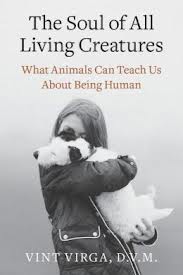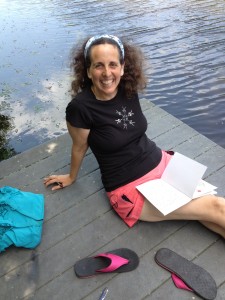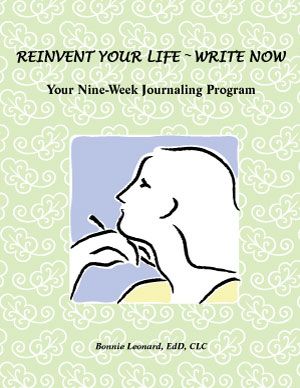 Two of the most exciting parts of my work are when a client gets a publishing offer for their book and when a client gets recognized for the amazing work they are doing. Both of those things happened this week. While, I can’t reveal the publishing offer before the contract is signed, I can share Dr. Vint Virga‘s New York Times debut.
Two of the most exciting parts of my work are when a client gets a publishing offer for their book and when a client gets recognized for the amazing work they are doing. Both of those things happened this week. While, I can’t reveal the publishing offer before the contract is signed, I can share Dr. Vint Virga‘s New York Times debut.


 I’m in the midst of editing manuscripts and providing feedback for participants in my Bring Your Book to Life Program and it’s thrilling to witness the variety, the wisdom and the diversity of voices!
I’m in the midst of editing manuscripts and providing feedback for participants in my Bring Your Book to Life Program and it’s thrilling to witness the variety, the wisdom and the diversity of voices! Yesterday,
Yesterday, 


 I usually lead my clients in an imaginary journey from meadow to forest to a small building in a clearing where the muse is waiting, but my muse had other ideas. My muse showed up uncharacteristically as a white unicorn as soon as I stepped on the path in the meadow. I asked my muse (the unicorn) how to make my writing more fun, compelling, creative and playful.
I usually lead my clients in an imaginary journey from meadow to forest to a small building in a clearing where the muse is waiting, but my muse had other ideas. My muse showed up uncharacteristically as a white unicorn as soon as I stepped on the path in the meadow. I asked my muse (the unicorn) how to make my writing more fun, compelling, creative and playful. The message: I needed to make space in my life–not just for writing, but stillness, being, down time, time in nature and time to dance, to climb rocks, to sing, as well. Without this respite, stillness and rejuvenation, I couldn’t tap into the creative juice on demand.
The message: I needed to make space in my life–not just for writing, but stillness, being, down time, time in nature and time to dance, to climb rocks, to sing, as well. Without this respite, stillness and rejuvenation, I couldn’t tap into the creative juice on demand. I meet people all the time who tell me they’ve wanted to write a book for many years–five, ten, seventeen…but they haven’t gotten to it yet.
I meet people all the time who tell me they’ve wanted to write a book for many years–five, ten, seventeen…but they haven’t gotten to it yet.


 3. My colleague Stuart Horwitz once said something like, “You can have a flashback but don’t fall in love with the past so much that the reader loses the sense of the reading present.” So, most of the story should take place in the “linear” arena and the flashbacks should not get too long that the reader loses their sense of where they are.
3. My colleague Stuart Horwitz once said something like, “You can have a flashback but don’t fall in love with the past so much that the reader loses the sense of the reading present.” So, most of the story should take place in the “linear” arena and the flashbacks should not get too long that the reader loses their sense of where they are.